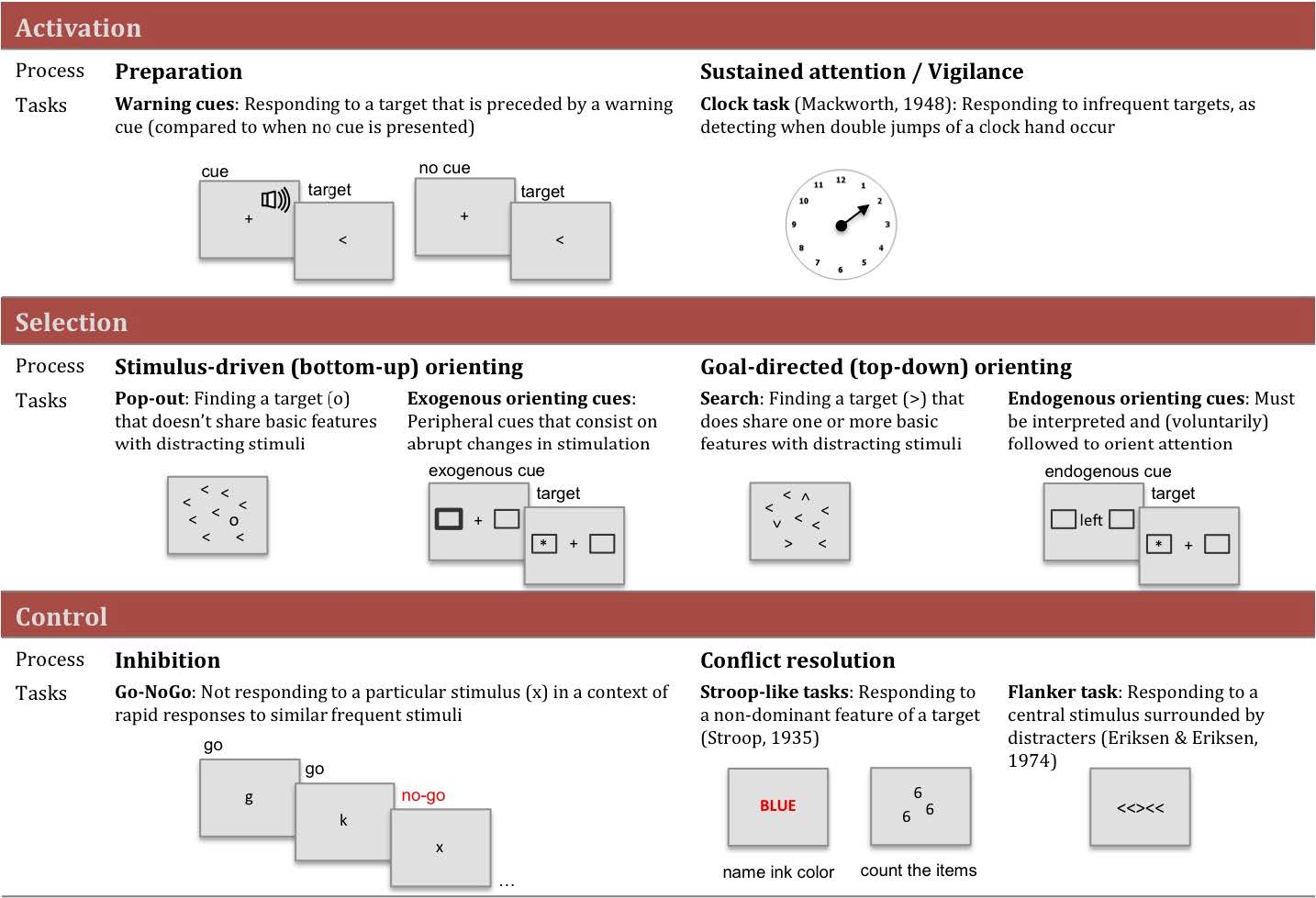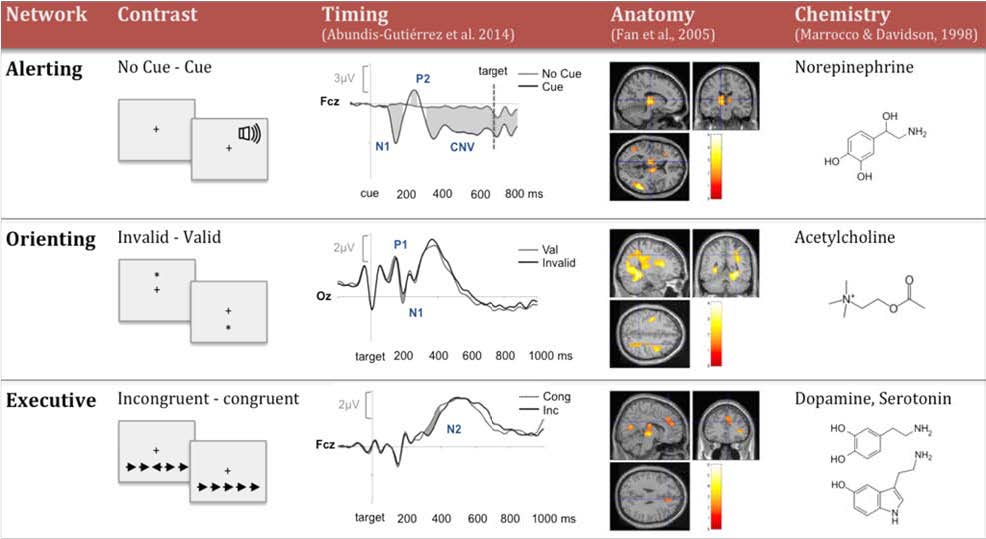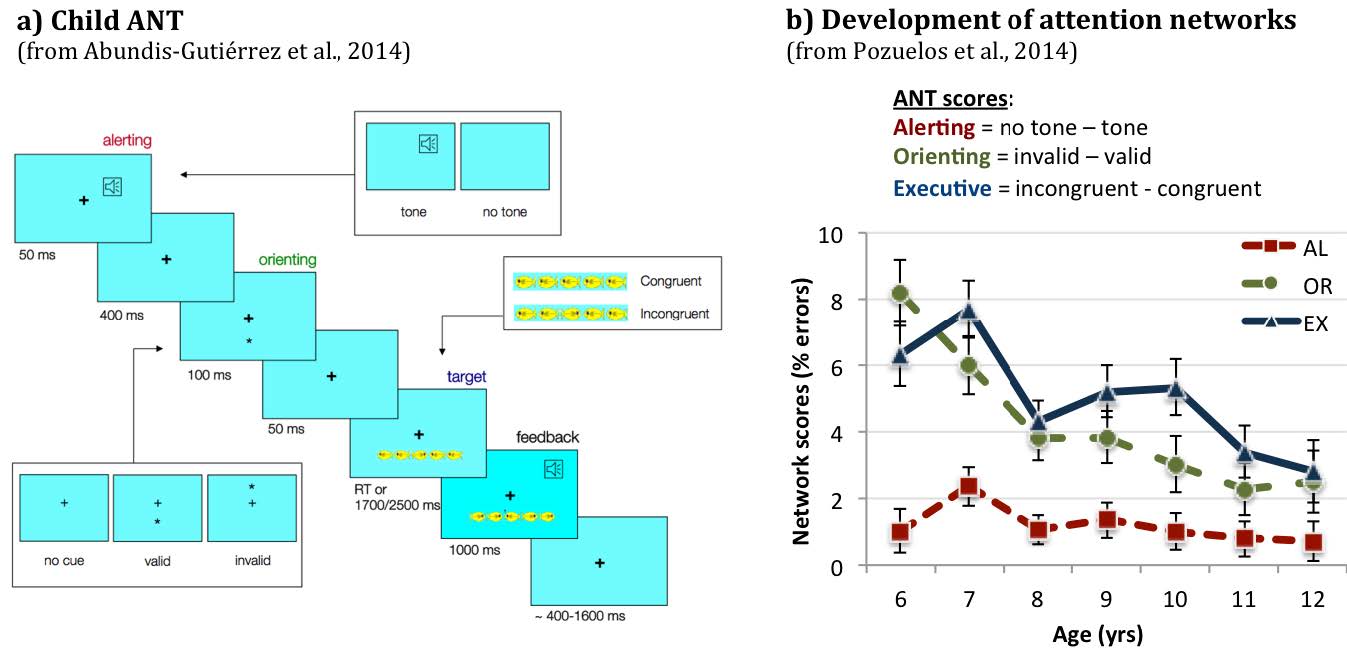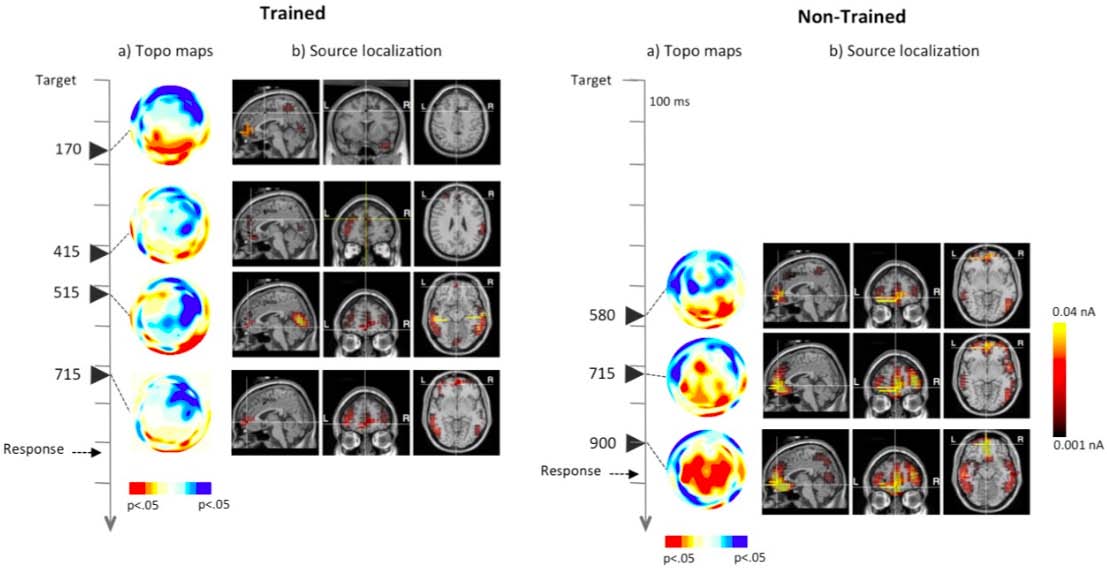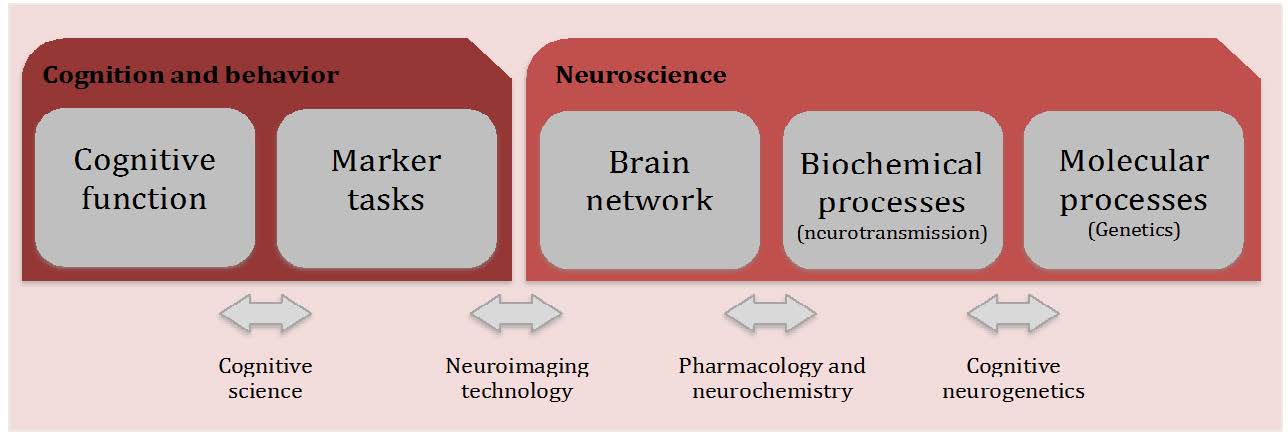1.
Introduction
With the development of structural optimization theory and computer technology, many finite-element software tools (e.g., HyperWorks, Nastran, Ansys and TOSCA) have integrated structural optimization design modules to reduce the structural weight, improve the structural performance and increase safety [1,2]. Altair HyperWorks is a comprehensive open-architecture simulation platform that provides best-in-class technology for designing and optimizing high-performance, efficient products. Users have full access to the full suite of design, engineering, visualization and data management solutions offered by Altair and its technology partners. However, HyperWorks software, like other optimization software tools, only integrates the function of Eulerian buckling analysis and does not perform the analytical calibration of the buckling strength of stiffened plate grids. After the manual buckling check, there may be stiffened plates that do not meet the requirements; thus, the thickness of the plate or the cross-sectional dimensions of the reinforcing bars must be readjusted, and after the adjustment, the results must be reviewed, which is time-consuming and labor-intensive. Therefore, it is important to study the problem of dimensional optimization, and dimensional optimization design software tools must consider the buckling restraint of reinforced plates to ensure structural strength and stability. In this regard, Altair HyperMesh provides the best solution.
The stiffened plate structure is a beam-slab coupled structure; thus, the stiffened plate structure is susceptible to local instability when it is subjected to compression, bending and shear. The external forces often reach their peak, and in severe cases, the thin-walled structure can get damaged [3,4]. Due to the geometric diversity of stiffened plates, considering the buckling strength of stiffened plates is challenging. Mansour [5], Troitsky and Hoppmann [6] and Brush and Almroth [7] analytically calculated the buckling strength of stiffened plates by treating them as orthogonal plates. Steen [8] used the energy method and a discrete stiffened plate model to analyze the buckling pattern and behavior of a one-way equal-span uniformly stiffened plate after the occurrence of buckling instability. Li and Bettess [9] used the energy method to analyze the critical stress of one-way equal-span uniformly stiffened plates. Przemieniecki [10] used the relationship between strain-displacement and large deflection to establish the stiffness matrix of slat elements, and he studied the local stability of stiffened plates. Wang and Wu [11] developed an optimization preprocessing interface in Excel based on the CSR code requirements and used the Isight platform multiparameter-driven Mars2000 ship strength calibration software to optimize the dimensions of the mid-section structure of a tanker. Han et al. [12] proposed a fast optimization method for the hull plate frame under buckling constraints. By utilizing the property that the panel buckling utilization factor varies monotonically with the panel thickness and is localized (less correlated) with the surrounding panel thickness, a two-stage optimization method based on dimensionality reduction was proposed to optimize the dimensional design of a double-deck bottom of an oil tanker by using an agent model.
Altair HyperMesh provides a good custom software development environment, and users can write Tcl/Tk functions to achieve specific functions. In addition, HyperMesh provides a wealth of integrated internal functions, which can be referenced in Tcl functions in a specified format to achieve certain modular functions. The combined use of Tcl/Tk [13] provides many benefits to application developers and users, especially for rapid development. Full-fledged applications can be written entirely in Tcl scripts, thus allowing users to develop at a higher level than C/C++ and Java. Tk hides many details that C or Java programmers must address. There is less to learn and less code to write in Tcl and Tk than the toolset of the foundation.
In this paper, the HyperMesh [14] optimization software based on Tcl/Tk and the Operation and Maintenance Link (OML) language with stiffened-plate buckling strength specification equilibrium [15] was used for the finite-element meshing of the stiffened plate; obtaining the mean stress, stress gradient and other parameters for calibrating the stiffened plate; setting the DRESP3 cards; and linking external OML function files. We developed the program "buckling constraints of stiffened plate", including the program "buckling constraint of panel" (for 2D plates and shell units) and the program "buckling constraint of minor components" (for 1D beam cells). The application of the dimensional optimization design of the platform structure demonstrates that the program developed in this study is easy to use and provides a good optimization effect.
2.
Custom software development of stiffened plate buckling restraint program
2.1. Specification requirements for the buckling strength of panels
According to Lloyd's specifications [15], the design stress of the plate subjected to compression or shear (the plate design stress is taken as the average stress of the shell cells inside the panel) should meet the buckling strength requirements presented in Table 1.
For short-side compression, the critical buckling stress can be expressed as
where $ {R}_{eH} $ is the yield strength of the material (N/mm2; for carbon steel, $ {R}_{eH} $ = 235 N/mm2), and $ {\sigma }_{xE} $ is the elastic buckling stress.
2.2. Specification requirements for the buckling strength of secondary members
According to Przemieniecki [10], the design stresses of the secondary members (obtained from the stresses in each beam cell within the panel weighted using the cell length average) must be less than 0.8 times the critical buckling stress in the compression bar buckling mode.
For the column buckling mode without rotation in the cross section (perpendicular to the plane of the plate), the ideal elastic stress $ {\sigma }_{E} $ of the longitudinal bone can be calculated as follows:
where Cf is the end constraint coefficient (in this paper, Cf = 1), E is the elastic modulus of the material (N/mm2; 2.06 × 105 MPa for carbon steel), Ia is the moment of inertia of the support material (mm4), Ate is the cross-sectional area of the support material (mm2) and l is the support material span distance (mm). The strip plate should be included in the calculations, and the width of the strip plate is taken as the support material spacing.
The critical buckling stress calculation of the longitudinal bone $ {\sigma }_{c} $ is similar to the critical stress calculation of the panel $ {\sigma }_{xE} $ and is not discussed in detail here; please see the specification requirements.
2.3. Custom software development of panel buckling constraints
On the HyperWorks/HyperMesh platform, during dimensional optimization, the strength and displacement constraints of the structure can be obtained by creating a type-Ⅰ response by using the OptiStruct module and setting the DRESP1 card; however, the stability of the structure cannot be obtained by setting the type-Ⅰ response. Thus, we developed an alternative procedure of "considering panel buckling constraints" in HyperMesh by using the panel buckling theory to consider the strength, displacement and stability of the structure during dimensional optimization. By setting the DRESP3 (type-Ⅲ external response) card, the OptiStruct solver takes as input the positive stresses at the nodes x and y around the panel (the approximate calculation coefficients φ and buckling coefficient k), the average x, y and xy stresses of each panel and the material- and model-related parameters into the OML function for the buckling factor calculation, and it outputs the calculated buckling factor. The final calculated buckling factors are derived and returned to the OptiStruct solver for constraint judgment and optimization iteration.
The custom software development program for considering panel buckling constraints includes 30 subroutines, and the main programs are the automatic creation of the panel buckling subroutine and the creation of the panel buckling constraint subroutine. The automatic panel buckling creation subroutine automatically divides the panel according to the user-selected panel area, whereas the panel buckling constraint creation subroutine yields the buckling constraint according to the divided panel.
The main advantage of the custom software development program is that it considers the panel buckling constraints (Figure 1). First, the software interface button is setup. Next, according to the software prompts, the cells where buckling constraints must be applied are selected. The parameters related to the change domain are inputted, and the relevant parameters are optimized. Then, according to the selected cells, the automatic panel partition algorithm is used to achieve automatic panel partition, and the design domain of the plate is set. Next, according to the divided plate, the average stress of the four corner cells is used as the average stress of the panel to obtain the stress response of each cell in the x, y and xy directions. Finally, the average stress response of each plate is obtained, the DRESP3 card is set, the external OML function file is linked and the buckling constraints of each panel are obtained.
The interface of the "considering panel buckling constraints" program is shown in Figure 2. The "Parameter Setting" module is used to set the material correlation coefficient and dimensional optimization correlation coefficient of the stiffened panel area. "Upper and lower thickness percentage" refers to the upper- and lower-limit percentage of thickness variation of the 2D plate cells during dimensional optimization, "E" refers to the modulus of elasticity of the material in the selected partition, "ReH" refers to the yield strength of the material in the selected partition, "Tr" refers to the thickness reduction when considering the buckling restraint of the stiffened panel and "BK Factor" is the buckling factor. The "Panel Information" module displays the information regarding the divided panel buckling. The "Define Panel" module is used to define the partition of panel buckling, including the panel name, automatic creation of the design variation field, manual creation of the design variation field, deletion of the divided panel, setting of the same variation area and the function of buckling constraint creation for stiffened plates. The "Define Panel" module includes the following functions:
To better reflect the specific functions of each button of the program, we selected a simple stiffened plate structure to test each function (Figure 6(a)).
The "Auto Create" button performs the function of automatically dividing the panel and setting the corresponding buckling constraints. The user must enter the name of the panel (e.g., "auto_test") to be divided in the "Panel Name" textbox (Figure 3).
After clicking on the "Auto Create" button, the first guidance interface pop-up opens for subsequent operations, beginning with the "Row, Column" module (Figure 4). For instance, for dividing the panel into three rows and two columns, the "3, 2" string must be entered and "proceed" must be clicked.
Then, the second instruction screen pop-up opens for the subsequent operation: the "Select Elements" module (Figure 5). Here, the cells in the model that need to be divided into panels must be selected (Figure 6(a)).
Subsequently, the panel gets divided into six standard stiffened plates according to the self-programmed automatic panel partition algorithm (Figure 6(b)).
The algorithm for automatically dividing the panel first judges the plane for the selected cell (judging it as the xoy, xoz or zoy plane) and then identifies the surrounding corner points of the selected cell with the control nodes of the panel (Figure 6(b)) so that the coordinates of all nodes can be obtained. The nodes are then numbered from the bottom-left to the top-right for each row and column, and each region is individually numbered according to the coordinates of the numbered nodes and cells. Based on the coordinates of the numbered nodes and the coordinates of the center of mass, we can determine in which area the unit exists. Finally, according to the existence of the area in the region, we can redistribute the component.
The "Manual Create" button is used for dividing the panel and setting the corresponding buckling constraints, mainly for irregular and unrecognized panels. Because the "Manual Create" button has a similar interface to the "Auto Create" button, it is not described in detail.
The "Set Same Designvars" button is used for setting the same variation area. The divided plate grid is a single piece by piece. If the plate grids have different thicknesses, that means that the manufacturing requirements are not satisfied; thus, the "Set Same Designvars" function must be used to redefine the variation relationship between the plate grid pieces. We selected "auto_test4", "auto_test5" and "auto_test6" as the same optimized variation area (Figure 7).
The "Create Responses" button is used for considering panel buckling constraints. The buckling response is obtained by selecting the external card and setting the DRESP3 (design response) (type-Ⅲ response: external response) card to input the results obtained using the OptiStruct solver into the OML program. Next, it is judged whether the selected plate meets the buckling requirements. Taking the uto_test3 response as an example, the DRESP3 card settings are shown in Figure 8.
"GROUP" is the group identifier referenced by the DRESP3 batch data entry, "HLIB" (high-level international baccalaureate) was selected as the identifier in this program; "FUNC" is the name of the external function written, and "SHBK" was selected as the external function.
"DESVAR" (design variable) refers to the thickness of the optimized change area, which changes with the optimization process. In this program, DESVAR = 1 and this refers to the thickness of the panel.
"DTABLE" (design table) refers to the fixed-parameter table and it does not change with the optimization process. In this program, DTABLE = 6, indicating, from left to right, the long-edge length, short-edge length, long- and short-edge coefficients, thickness discount value, material yield strength and modulus of elasticity of the material corresponding to the ID number.
"DRESP1/2" refers to the first type and second type of response called, which change with the optimization process. In this program, DRESP1/2 = 11, indicating, from top to bottom, the x-directional positive stress of the four corner cells of the panel, the y-directional positive stress of the four corner cells of the panel, the average x-directional positive stress of the panel, the average y-directional positive stress of the panel and the average xy-directional stress of the panel (shear). The positive stresses of the nodes x and y around the panel are used to approximate the coefficients corresponding to them, and then k is obtained. The buckling factor of the panel is calculated by using the relevant function in OML. When setting the DRESP1/2 cards, the DRESP1 card should be placed before the DRESP2 card; otherwise, the OptiStruct solver will calculate incorrectly.
2.4. Custom software development of buckling constraints for secondary members
Conventional finite-element analysis of stiffened plates involves a 1D beam cell and a 2D plate and shell cell. The stability of the 1D beam unit is considered in the optimization by performing the plate elementization of the 1D unit; however, the time cost of the corresponding model free-edge check and the computational time cost is high. For this reason, based on the secondary member buckling theory, we developed the alternative procedure of "taking into account the secondary member buckling constraint" in HyperWorks/HyperMesh to consider the strength, displacement and stability of the 1D line and 2D plate and shell units simultaneously for dimensional optimization.
Because the HyperMesh platform does not yield the axial stress response of the beam unit, the average value of the stresses at each corner point must be used to obtain the axial stress response of the beam unit by setting the DRESP2 card. By setting the DRESP3 (type-Ⅲ external response) card, the web height, net web thickness, panel width, net panel thickness, strip thickness, reinforcement spacing (these six parameters are used to calculate the moment of inertia of the new reinforcement formed by the 1D and 2D units, cross-sectional area and height of the strip from the center of the form), reinforcement span and reinforcement axial stress are inputted into the OptiStruct solver, and the final calculated buckling factor is outputted by the OptiStruct solver for constraint judgment and optimization iteration.
The custom software development program considering secondary member buckling constraints includes seven subroutines, and the subroutine for creating secondary member buckling constraints is the main subroutine which is used to create secondary member buckling constraints according to the properties of the beam unit selected by the user. Custom software development is performed as follows (Figure 9). First, the upper-limit and lower-limit percentages are set when optimizing the beam unit parameter size, and according to the software prompt, the beam unit properties required for imposing secondary member buckling restraints are selected. Next, the strip plate with the beam unit is selected, the support material spacing and support material span are inputted according to the software prompt and then the selected beam unit type is judged as PBEAML/PBARL. According to the selected beam unit properties and upper- and lower-limit percentages, the beam unit change domain and change relationship are set; the beam unit axial stress response is set using the DRESP2 card as one of the base responses input to the external OML function. Finally, each secondary member buckling restraint is established, the DRESP3 class card is set and the external OML function file is linked.
Consider the panel buckling constraint program interface shown in Figure 10. The "percentage of upper and lower limit" module is used to set the coefficients related to the dimensional design variation domain of 1D beam cells. "Length" refers to the percentage of the upper and lower limits of web height and panel width variations in 1D beam cells during dimensional optimization. "Thickness" refers to the percentage of upper and lower limits of web thickness and panel thickness variations in 1D beam cells during dimensional optimization. In the "Parameter Setting" module, "E" and "ReH" are defined in the same way as in the panel buckling constraint calculation procedure, "Spacing" refers to the width of the selected property (i.e., the spacing of the reinforcing material) and "Length" refers to the span of the selected property.
The "Create JG Buckling Responses" button is used to set the corresponding buckling constraints based on the selected beam element properties. First, the percentage of upper and lower limits of the beam cell design domain must be entered in the "Percentage of upper and lower limit" textbox; then, the "Create JG Buckling Responses" button must be clicked. The first guidance interface pop-up opens––the "Properties" module, where the user selects the area where the angle buckling constraints must be set and clicks on "proceed". Then, the second guidance interface pop-up opens for subsequent operations––the "Select Designvar" module, wherein the algorithm determines whether the beam cell with the plate is a change domain. If the beam cell with the plate is a change area, the user must select the change area of the plate. If the beam cell with the plate is not a change area, the user must click on "proceed". Then, the third guidance interface pop-up opens for subsequent operations––the "Select Component" module, wherein the algorithm determines whether the strip plate is a change domain and requires the user to select the component where the strip plate is located and click on "proceed". Then, according to the relevant judgment algorithm in the program, the selected beam unit property buckling constraints can be created.
3.
Dimensional optimization design method with buckling constraints
The design flow of dimensional optimization with buckling constraints (Figure 11) is as follows. The finite-element model is established according to the design, and the working loads and boundary conditions specified by the code are determined. In the detailed design stage of structural dimensional optimization, the finite-element model employs 2D plate and shell units and 1D beam units. Static analysis is performed for each working condition to provide guidance for subsequent dimensional optimization by dividing the design domain and setting the strength, deformation and buckling constraints. When dividing the design area, in addition to the conventional selection of the design area, each of the areas with large compressive stresses must be used as a design area, and the upper limit of the design area must be set according to the actual conditions. When setting the constraints, three aspects should be considered: strength, deformation and stability (yield strength). Strength and deformation constraints can be set directly according to the relevant requirements; however, the buckling constraints of the structure cannot be set directly in the software and must be set by following the custom software development procedures of "considering buckling constraints of panel" and "considering buckling constraints for secondary members". When considering the buckling restraint of the structure, the location where the compressive stress of the plate shell and beam is larger must be selected to save time and cost. During dimensional optimization, the lightest mass and the smallest volume of the structure are usually employed as the objective function. The finite-element model may have multiple material densities; thus, when optimizing the size, it is more reasonable to set the overall mass of the structure as the objective function. If certain constraints are not satisfied, the design domain must be redefined and the upper and lower limits of the optimization parameters must be increased or decreased.
4.
Platform structure scantlings optimization
4.1. Platform finite-element model
We aimed to achieve a lightweight platform structure. The finite-element model is shown in Figure 12 (light blue is the boundary condition). The plates in the model were simulated by quadrilateral and a small number of triangular plates and shell units, and the bones were simulated by beam units. The material was low-alloy high-strength structural steel Q355, with a yield strength of 355 MPa, modulus of elasticity of 2.06 × 105 MPa, Poisson's ratio of 0.3 and density of 7.85 t/m3. A uniform load of 33.85 kN/m2 was applied at the top plate of the platform structure (Figure 13).
4.2. Partition of the dimensional optimization design area
The design domain should be divided according to the design drawings and stress distribution. In addition to the locations where the compressive stress is large and local instability may occur, the design area should be divided separately to facilitate the subsequent placement of buckling constraints. Due to space constraints, only the top plate and the main beam of the top plate are used as examples for the design area partition in this paper. As can be seen from the stress cloud diagram (Figures 14 and 15), the compressive stress was mainly concentrated on both sides of the two platforms and the upper and lower middle sides of the right platform; thus, the design area of the top plate buckling partition was divided into 14 blocks (Figure 16), and the design area of the beam buckling partition was divided into two blocks (Figure 17). The design area was divided into the preliminary design area (containing only the constraints of the original software) and the buckling constraint design area (containing the buckling constraints of the custom software development software). The preliminary design area was divided into 12 plate and shell unit areas (1–12) and four beam unit areas (13–16), and the buckling constraint design area consisted of 24 plate and shell unit areas (1–24) and two beam unit areas (25 and 26).
4.3. Design area corresponding to the constraint
The design area corresponding to the final set of optimization constraints is shown in Table 2.
4.4. Size optimization results
The optimization results are presented in Table 3.
By adjusting the initial design size, setting the EXTERNAL option of the RESPRINT card in the CONTRAL card to output all buckling factors to the output file and setting DESMAX (maximum iteration step) in the OPTI control card as 0 to achieve the buckling calibration of T1, we obtained the buckling factors of the BKshell_1–24 and BKbeam _25–26 buckling factors of the design area.
The initial state ORI is the design solution that was repeatedly debugged by the designer, and all constraints were satisfied. T1 is the optimization result obtained by using the general optimization software; its structural mass was decreased, and the structural stress was increased slightly to meet the strength requirements, but part of the design area did not meet the stability buckling strength requirements. T2 is the optimization result obtained by using the software developed through the custom software development performed in this study and considering the stiffened-plate buckling custom software development. A comparison between T1 and ORI demonstrated the practicality of the dimensional optimization design, and a comparison between T2 and T1 demonstrated the rationality and necessity of the dimensional optimization method considering buckling constraints.
A comparison of the optimization results is shown in Figure 18.
5.
Conclusions
In this study, the size optimization program was developed based on the HyperWorks/Optistruct commercial software platform by introducing the buckling strength requirement of the stiffened plate as a constraint.
The imposed constraints ensure good strength, displacement and stability of the platform structure and enable realizing the lightweight design of the platform structure, thus demonstrating the rationality and necessity of the dimensional optimization method considering buckling constraints. Through the dimensional optimization of the actual engineering structure, we demonstrated that the custom software development program could help the designer to realize the optimal structural design solution to ensure good strength and stability of the structure. The program has a preprocessing module with process automation and good operation performance, which saves time and improves the efficiency of the optimized design.
Acknowledgments
The Marine Design & Research Institute of China is acknowledged for providing the initial design scheme.
Conflict of interest
The authors declare that there is no conflict of interest.









 DownLoad:
DownLoad:




















